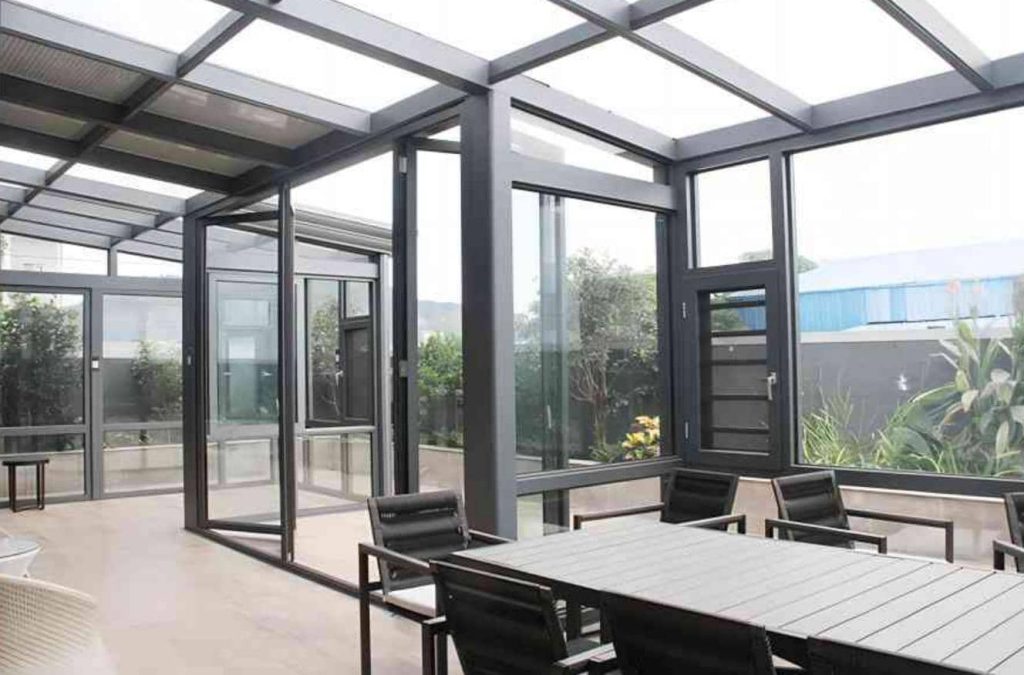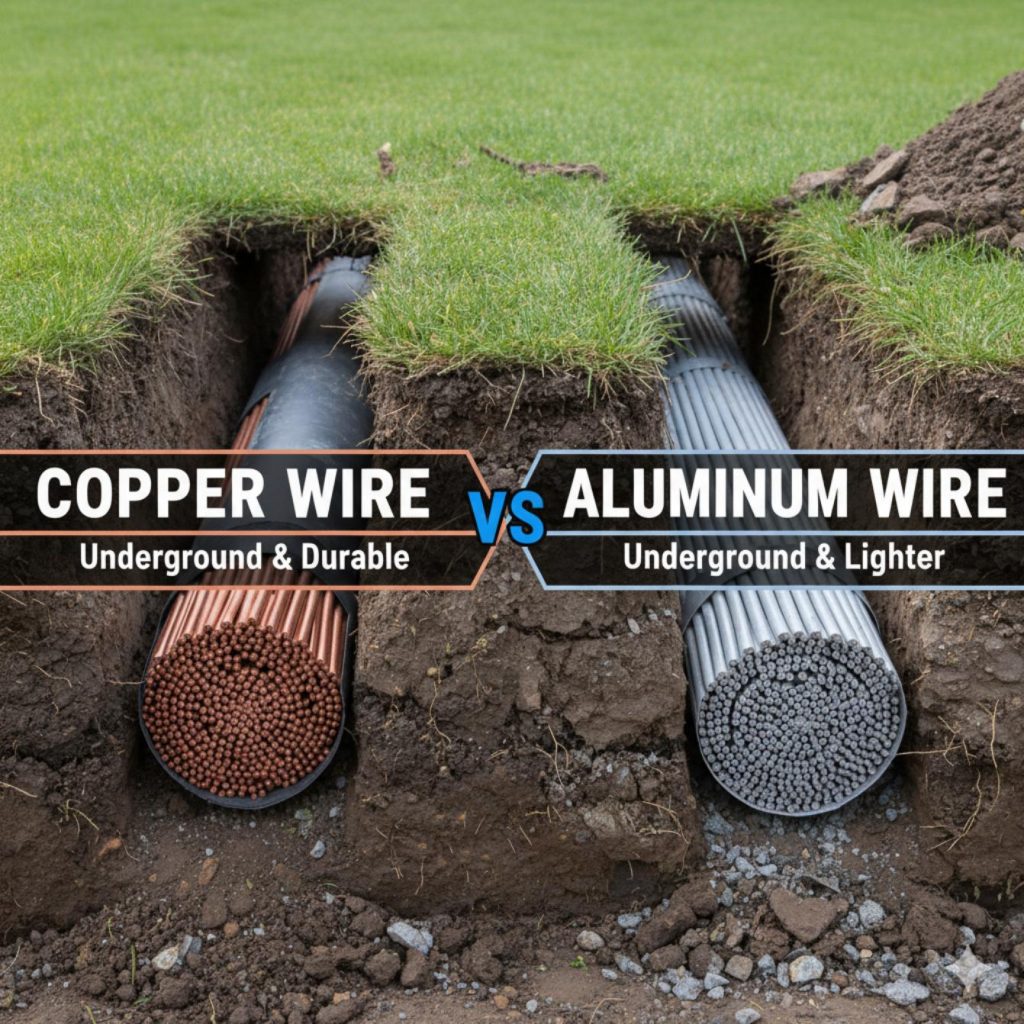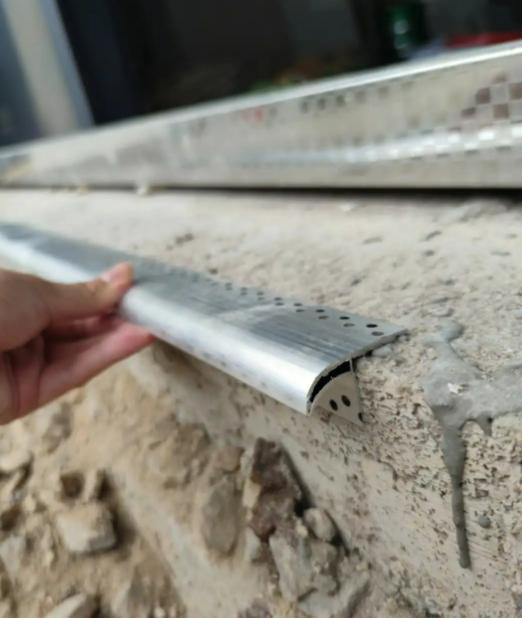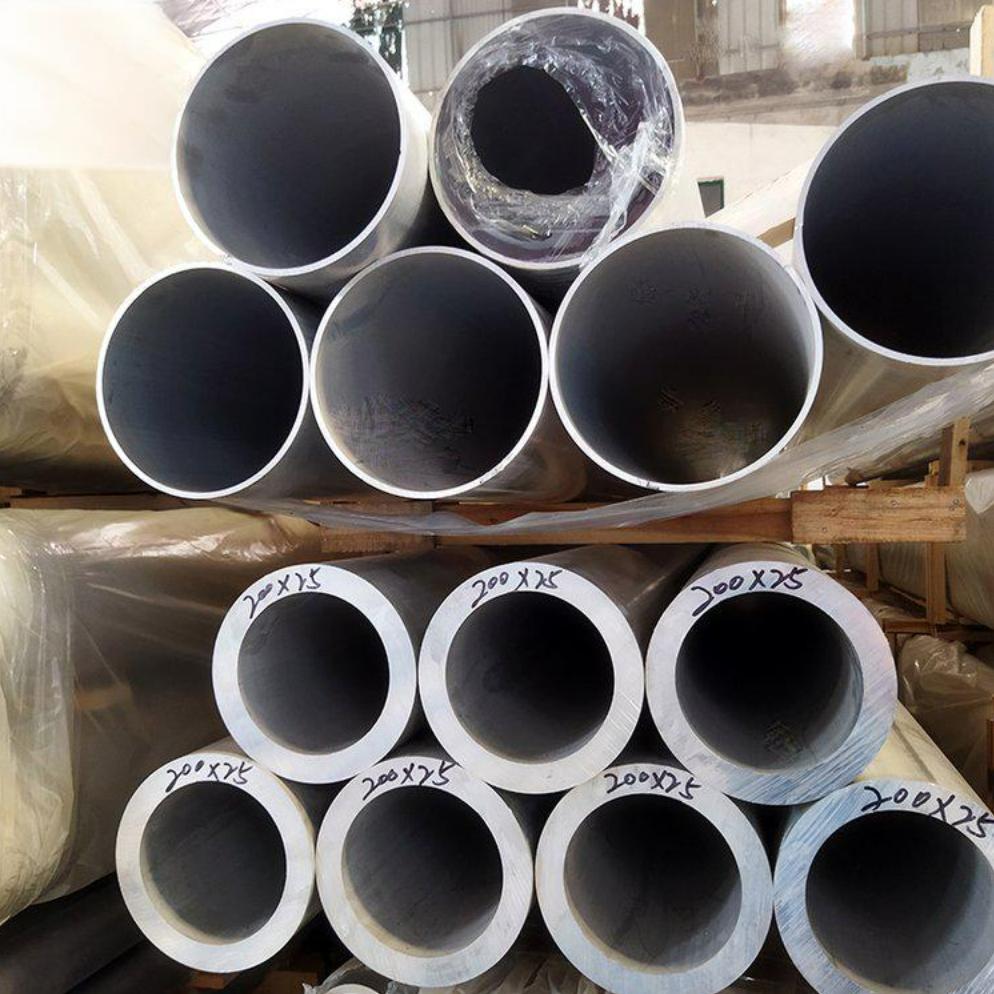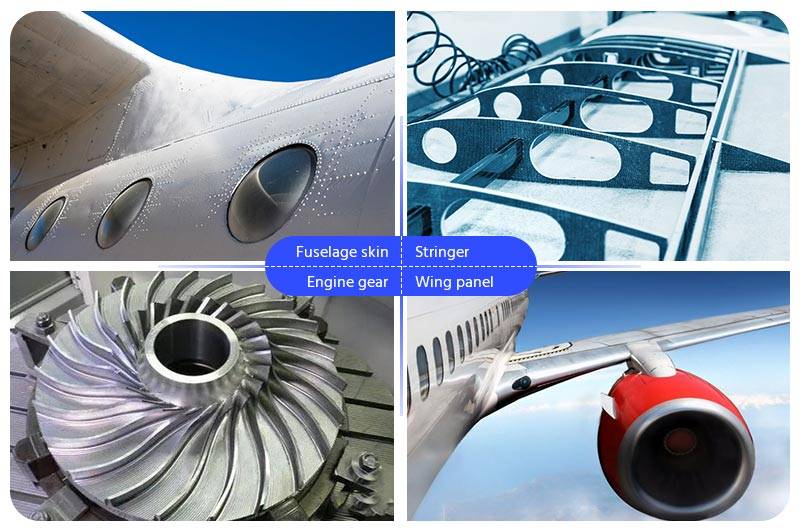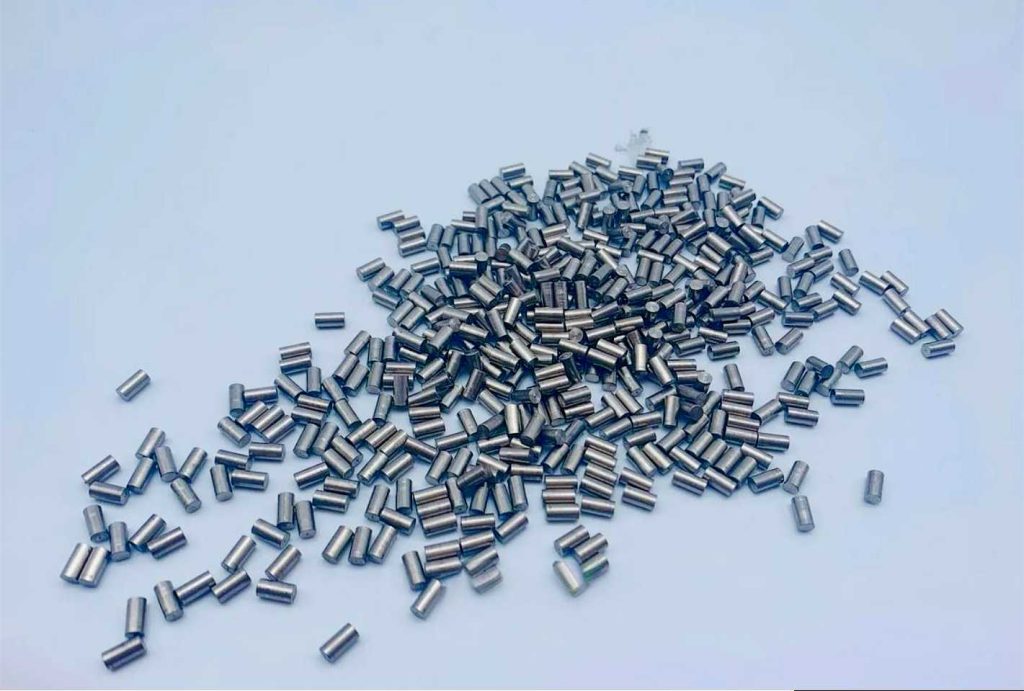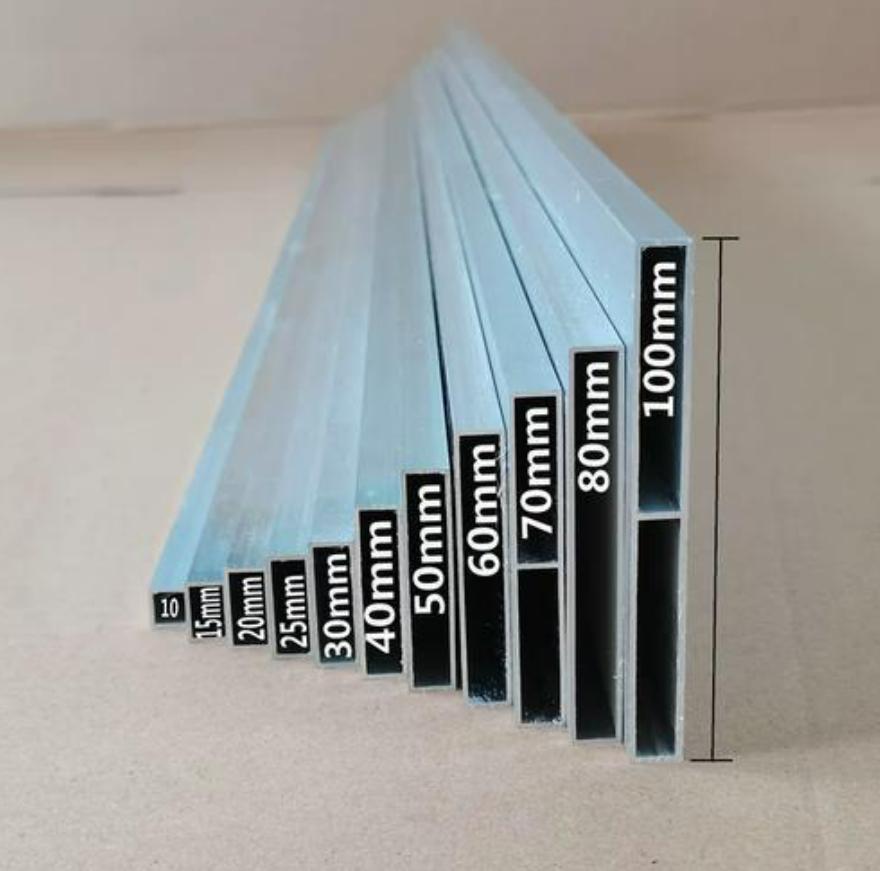How to Select Aluminum Sheet Thickness and Alloy for Architectural Applications
Recent developments in contemporary construction have made aluminum sheets one of the most multifunctional resources in regards to the design, function, and eco-friendliness of the construction. There are several external elements…
What’s Powering the Aluminum Phone Case Boom? A Look from Consumers to Manufacturers
In the rapidly developing market of smartphone accessories, there is a material that is quietly changing consumers’ expectations – aluminum. Once limited to aerospace and automotive applications, aluminium has now…
Choosing Aluminium Square Tube Thickness? 5 Things You Must Know Before You Buy
In the case of aluminium square tube thickness, the measurement itself has very little meaning, but rather the strength, compensability, and efficiency factors associated with it. Spending more than you…
How to Select the Right Aluminium Sheet Size for Cupboards?
In cabinet design and manufacturing, the outstanding durability, environmental sustainability, and contemporary appearance of aluminum sheet increase their popularity. Nonetheless, many people seem to favor color, surface texture, or cost…
Copper vs Aluminum Wire for Underground: Which Is the Better Choice for Cost and Reliability?
In recent years, global copper prices have shown strong volatility. On the London Metal Exchange (LME), copper has risen by more than 40% compared with five years ago, at times…
Indoor vs. Outdoor: The 3 Core Differences When Choosing Aluminium Trim Strips
Because of their durability, ease of use, and aesthetic appeal, Aluminium Trim Strips are used in modern construction and design and are featured in both indoor and outdoor locations. But…
Aluminum Tube Thickness: 20 Questions Buyers Must Know
Aluminum tube buyers will often put their attention on aspects such as price, outer diameter, and surface finish. However, one of the most important parameters defining performance and cost parameters…
Aluminum Sheet Metal for Enclosed Trailers: Key Buying Tips
Choosing the correct aluminum sheet metal for the enclosed trailer roofs and walls is important because you should consider all the factors when buying aluminum sheets for trailer building, since…
Industry-Specific Aluminum Properties: What Matters Most in Your Field
Aluminum is one of the most versatile materials in modern industry, valued for its combination of light weight, corrosion resistance, and excellent workability. From aerospace components to consumer electronics and…
Choosing the Right Raw Materials for Aluminum Evaporation
Aluminum evaporation means more than just adding aluminum onto a surface; it has become an integral part of materials engineering and thin-film focusing. Whether for depositing an ultra-thin layer of…
How to Select the Right Aluminium Door Sheet for Moisture-Prone Areas
In modern interior construction—particularly in bathrooms, kitchens, laundry rooms, and utility spaces—moisture control remains a top priority. Prolonged exposure to humidity often leads to swelling, rust, rot, or microbial growth…
Standard and Custom Aluminum Box Profiles: Common Sizes and How to Choose
Aluminum box profiles are an essential element of many structural, architectural and industrial applications. Their hollow rectangular or square cross section provides strong yet lightweight corrosion-resistant support frameworks and enclosures. As…



